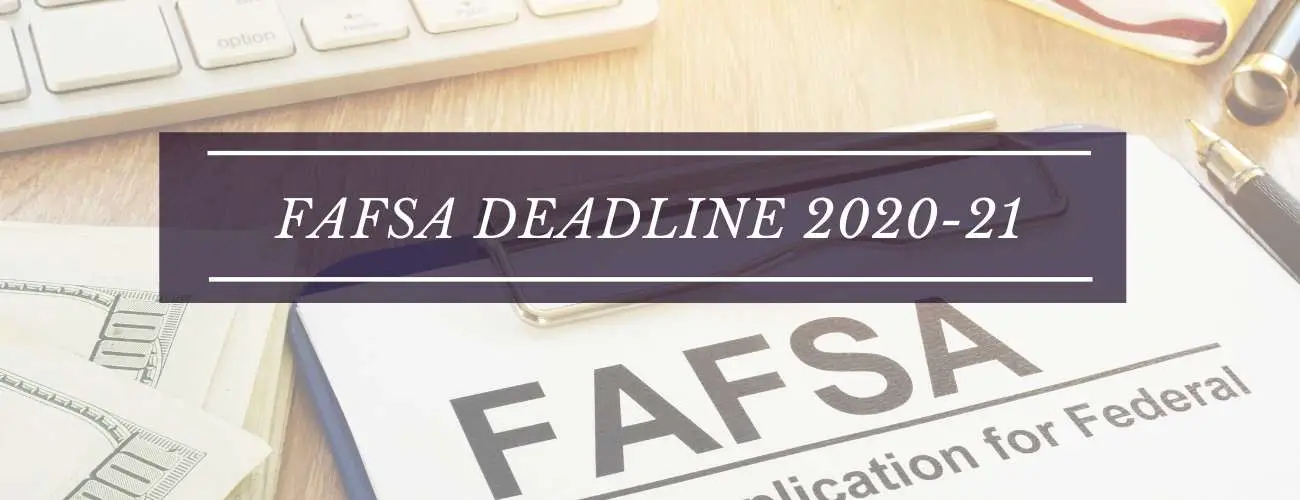Pace University Financial Aid and Scholarships
Students Receiving Aid
87%
Total Aid Amount
$200.895M
Financial Aid Official Website
www.pace.edu/financial-aid
The Financial aid mission is to provide the maximum financial aid available to qualified students to help make their attendance at Pace University a reality.
The Pace University(PU), New York City, New York, administers a wide range of scholarship and financial aid programs designed to enable the student to pursue his/her studies to graduation. There are four types of financial aid available at Pace:
-
Scholarships
-
Grants
-
On-campus employment
-
Loans
Their financial aid administrators will develop a financial aid award package that meets the applicant’s specific needs. Their package may combine two or more types of aid as well as alternative financing opportunities.
They help students and families with their college expenses by awarding merit, and need-based aid in the form of Pace funded scholarships, grants, and awards. Academic scholarships and grants are gift funds and do not need to be repaid. In addition to these Institutional resources, grants and scholarships are available through the state and the federal government. Financial Aid in the form of loans, which must be repaid, is available through the federal government and private lenders.
In order to be considered for maximum funding, students should file the Free Application for Federal Student Aid (FAFSA), which is available at www.fafsa.ed.gov. In order for Pace to receive the results from the FAFSA, students must list Pace University as one of the colleges of choice. The estimated total aid amount sums up to $200,895,000 and the percentage of students receiving these aids is around 87%.
Pace University’s FAFSA codes are:
-
New York City campus: 002791
-
Pleasantville campus: 002792
-
White Plains: 002727


![Schools That Require the CSS Profile [Complete List for 2021/2022]](https://www.thecollegemonk.com/images/blog/every-school-th56.jpg)



